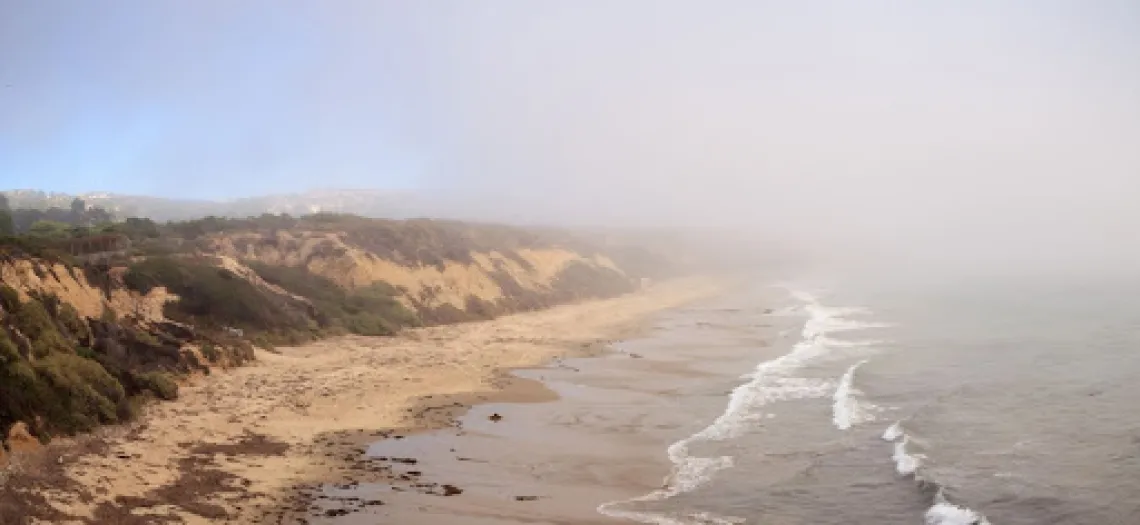North American Monsoon Reduces SoCal’s Summertime Coastal Low Clouds

New research published in Geophysical Research Letters by SW CASC researchers, Rachel Clemesha, Alexander Gershunov, and Daniel Cayan, links two iconic climate phenomena of the Southwest. The publication titled, “North American Monsoon Impacts Southern California's Coastal Low Clouds,” reveals that the North American Monsoon (NAM) is a key driver in the region’s coastal low clouds and explores how the NAM reduces the occurrence of California’s coastal low clouds in late summer.
According to the new research, published in June 2023, the researchers were able to demonstrate that coastal low clouds, also known as low-altitude marine layer clouds, over southern California and northern Baja California were diminished in the face of higher altitude moisture transported to the region by the NAM. While southern California’s climate is influenced by coastal low clouds during the summer season, the researchers found that the NAM was also a driver in the region’s climate in July, August, and September. This is in contrast to northern California which experiences less climatic impact from the NAM and relatively stable amounts of coastal low clouds during the summer months. The low-altitude clouds are especially important for coastal California as they provide shade and cooling for the region. When the base of the coastal low clouds makes contact with the landscape, they create fog which provides much-needed moisture during a typically dry season in California.
Inclusion of the NAM as an important summer climate event in southern California is necessary in order to better understand the future of coastal low clouds, especially in the context of climate change.

